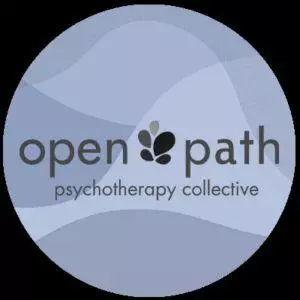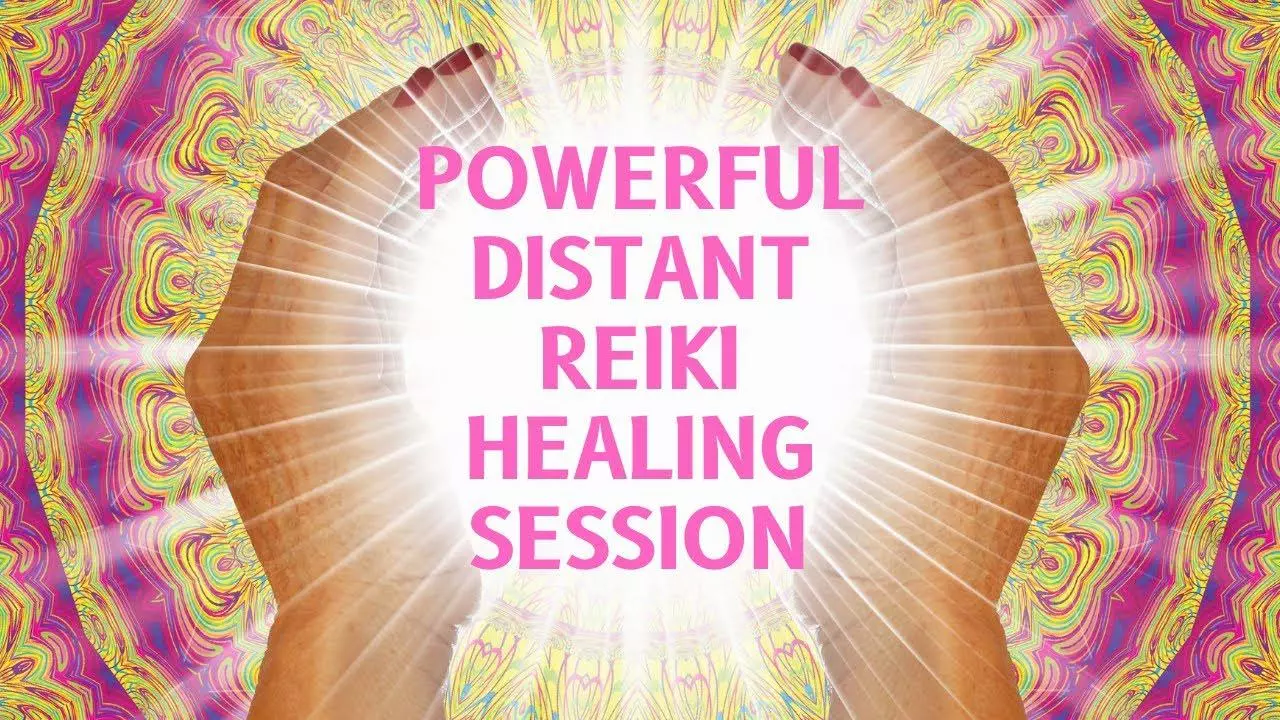What Are Resonant Voice Therapy Steps?

Resonant Voice Therapy (RVT) can assist singers, presenters, and everyday speakers alike to attain better vocal quality, improved projection, and reduced hoarseness episodes. Resonant Voice Therapists guide patients in using resonating cavities within their mouth and throat to maximize vocal production.
SLPs will teach patients to identify their resonators through exercises like lip trills, humming and easy-onset phonation.
Breathing Exercises
Resonant voice therapy techniques aim to optimize vocal resonance while simultaneously relieving strain on the vocal cords, thus alleviating effects associated with many voice disorders and helping individuals communicate more confidently in work and social settings.
Breathing exercises are an integral component of resonant voice therapy. To start off, individuals must become acquainted with breathing through their diaphragm, which supports vocal folds and optimizes resonance. Furthermore, this teaches individuals not to overtense neck and throat muscles that restrict airflow by over tightening.
Once a person has learned to breathe efficiently, they can explore their resonant voice through activities such as humming, lip trills and siren sounds to identify mask resonance and explore resonant range. Next steps would include chanting phrases or speaking dialogue to practice using their resonant voice effectively.
Lessac Modified Resonant Voice Therapy incorporates SOVT as an important element. This therapy emphasizes lowered head facilitating postures and semi-occluded vowel phonemes like /m/ and /n/ (Gartner-Schmidt, 2020). Another popular approach is Vocal Functioning With Flow Onset Techniques (VMWOFT). This method emphasizes sound expulsion during phonation without creating too much tension in throat or lips.
Flow phonation promotes the use of resonant voices to reduce the risk of vocal cord granulomas, which are painful swellings caused by irritation that affect a person’s ability to speak. Furthermore, this approach encourages gentle onsets that allow a smooth and effortless transition to voice production in order to minimize strain and avoid vocal fatigue.
Vocal Range Exercises
Resonant voice therapy teaches techniques designed to optimize vocal resonance, enhance phonation and increase stamina; using these tools allows singers and speakers to increase range and power as well as provide captivating presentations with greater clarity and projection. Speech-language pathologists specialize in tailoring therapy specifically to each client’s unique needs and goals in order to maximize its impact in everyday communication.
An important step in Resonant Voice Therapy is conducting a Vocal Range Chart to assess current vocal range. Patients can then use this guide to track their progress and remain consistent in practicing resonant voice therapy exercises over several months ideally. When setting realistic expectations and being patient when trying to expand vocal range, small incremental expansions should occur both on low and high ends utilizing proper technique in order to avoid hurting one’s own voice.
Resonant humming is an accessible phonation exercise that encourages healthy vibrations of the vocal folds. It begins at a low, comfortable pitch and can be repeated continuously with breathing exercises for added benefit. Over time, patients can produce higher pitches without strain. Resonant humming works great when combined with other RVT exercises like Accent Method, Lessac-Madsen Resonant Voice Therapy (LMRVT), or Basic Training Gesture (BTG).
Resonant voice therapy exercises often include performing resonant sirens – producing chirp-like noises through singing through your mouth while keeping tongue and larynx relaxed – for proper vocal technique development. This can be an enjoyable way to do so anywhere and at any time!
Semi-Occluded Vocal Tract Exercises
Resonant voice therapy teaches individuals to produce their voices in such a way as to maximize resonating cavities, relieving strain on vocal folds and creating an effortless yet strong and healthy voice. Resonant voice therapy addresses muscle tension dysphonia vocal nodules as well as other voice conditions.
At the forefront of resonant voice therapy lies teaching individuals a “basic training gesture.” This exercise teaches individuals to localize oral-vibratory sensations near the front of their faces while maintaining balanced phonatory airflow (Stemple et al. 2020; Verdolini-Abbott 2008). BTG exercises may consist of multiple repetitions of vowels sighs from high to low pitches or long consonant sounds such as “m” and “n”.
Resonant voice therapy utilizes semi-occluded vocal tract exercise as another strategy, narrowing throat (larynx) while voicing. While long popular among singers and voice professionals as warm-up exercises, more recently it has been included into therapy approaches by Speech Language Pathologists for people suffering voice disorders.
Research has demonstrated the power of semi-occluded vocal tract exercises to provide back pressure that regulates airflow, increases resonance, and enhances quality, thus improving vocal quality and ease of production. One study had participants perform exercises while phonating through a stirring straw that measured 14.1 cm long by 0.4 cm wide to create back pressure that improved vocal quality and ease of production. These exercises produced a buzzy sensation due to increased acoustic pressure within this narrowed region and produced buzzy-sounding sounds as they performed these exercises – creating back pressure that helped regulate airflow while increasing resonance and resonance which resulted in improvements both vocal quality and ease of production.
SLPs employ various other techniques that assist in optimizing resonant voice production, such as humming and gentle onset speech. These practices help individuals explore mask resonance – vibrations in facial bones and sinuses – while gradually initiating sound production to reduce forceful stress on vocal folds.
Humming Exercises
Resonant voice therapy aims to unlock the full potential of one’s vocal tract and maximize voice production, by teaching efficient breathing techniques and speech techniques designed to maximize stamina, pitch control and overall vocal quality. Through Resonant Voice techniques individuals experience reduced throat pain and hoarseness along with increased vocal range; plus clearer vocal production when speaking in noisy environments.
One of the best exercises for developing a resonant voice is simply humming. Start off by choosing an easy pitch like MMMMMMMMM and slowly increase it until you experience buzzy vibrations along your lips, nose, and front of face. Try moving up and down scales while monitoring how your voice reacts; relaxed throat muscles, pleasant vibrations, and an abundance of airflow indicate singing in an resonant fashion.
Forward-focused resonance is another resonant voice therapy technique. This method emphasizes oral vibratory sensations at the alveolar ridge, lips or higher in the mouth during easy phonation to achieve maximum voice use while minimizing throat tension and hoarseness.
SLPs use several other resonant voice therapy techniques as part of their treatment plans, including exercises designed to create full resonant sounds and teach vocalization techniques that reduce strain. They may also employ gentle onset techniques aimed at starting phonation gently and smoothly so as to minimize impacts on vocal cords, before encouraging resonant humming to optimize vocal fold vibration and release overcompensatory hyperfunction (muscle tension), thus helping reduce voice fatigue and future problems with the voice.
Easy Onset Phonation Exercises
Resonant voice therapy employs adaptive strategies to optimize vocal function, quality and resonance. It teaches individuals to harness vibrations within the vocal tract – comprised of mouth, nose, lips and throat resonating chambers – in order to attain powerful communication that’s flexible yet effortless. Resonant voice therapy can help singers improve vocal range, power endurance and pitch problems; in everyday speakers deliver captivating presentations and command attention during conversation.
RVT is founded on the belief that optimal vocal quality and performance rely on properly controlling airflow through the larynx (voice box). To accomplish this, RVT emphasizes breathing efficiently, proper tongue posture and lip closure to minimize vocal fold tension, easy onset of phonation which helps avoid excess tension as well as glottal attack which may result in contact ulcers or inflammation within the larynx, efficient breathing patterns and breath management are used as means.
Therapists use various exercises to teach stutterers and fluency disorder patients easy phonation techniques like “Annie Ate an Apple” or singing nursery rhymes. In addition, easy-onset articulation exercises teach clients to initiate sounds by gently closing vocal folds for soft start sounds that avoid hard attack and voice strain.
Through the program, clients practice voiced and voiceless sounds at the word, phrase and sentence levels while striving to produce resonant tone with minimal effort. They are also taught how to maintain their relaxed yet effortless tone during conversational speech; furthermore they are provided instruction on when their unintentionally drop into their throat during normal dialogue.
Lessac-Madsen Resonant Voice Therapy (LMRVT), Katherine Verdolini Abbott’s Resonant Voice Therapy (RVT), and Joseph Stemple’s Resonant Voice Therapy are among the names given to this voice treatment, all with similar objectives in mind: to improve voice quality, reduce fatigue and hoarseness while encouraging individuals to take charge of their vocal health.





